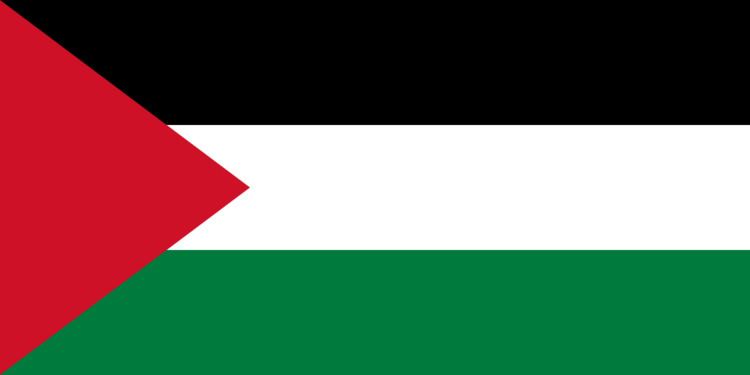 | ||
The Palestinian diaspora (Arabic: الشتات الفلسطيني, al-shatat al-filastini), part of the wider Arab diaspora, are Palestinian people living outside the region of Palestine.
Contents
History
The first emigration wave of Arab Christians out of Palestine began in the mid-19th century as a response to the oppression of Palestinian Christians in Ottoman Palestine.
Since the 1948 Arab–Israeli War, Palestinians have experienced several waves of exile and have spread into different host countries around the world. In addition to the more than 700,000 Palestinian refugees of 1948, hundreds of thousands were also displaced in the 1967 Six-Day War. In fact, after 1967, a number of young Palestinian men were encouraged to migrate to South America. Together, these 1948 and 1967 refugees make up the majority of the Palestinian diaspora. Besides those displaced by war, others have emigrated overseas for various reasons such as work opportunity, education and religious persecution. In the decade following the 1967 war, for example, an average of 21,000 Palestinians per year were forced out of Israeli-controlled areas. The pattern of Palestinian flight continued during the 1970s, 1980s, and 1990s.
Population
In the absence of a comprehensive census including all Palestinian diaspora populations and those that remained within the area once known as the Mandatory Palestine, exact population figures are difficult to determine. According to the Palestinian Central Bureau of Statistics (PCBS), the number of Palestinians worldwide at the end of 2003 was 9.6 million, an increase of 800,000 since 2001.
The issue of the Palestinian right of return has been of central importance to Palestinians and more broadly the Arab world since 1948. It is the dream of many in the Palestinian diaspora, and is present most strongly in Palestinian refugee camps. In the largest such camp in Lebanon, Ain al-Hilweh, neighborhoods are named for the Galilee towns and villages from which the original refugees came, such as Az-Zeeb, Safsaf and Hittin. Even though 97% of the camp's inhabitants have never seen the towns and villages their parents and grandparents left behind, most insist that the right of return is an inalienable right and one that they will never renounce.
Population figures
It is estimated that more than 6 million Palestinians live in a global diaspora.
The countries outside the Palestinian territories with significant Palestinian populations are:
The majority of the estimated 100,000 Palestinians in the European Union (EU) are in the United Kingdom, Denmark, France, Germany, Greece, Italy, the Netherlands, Spain and Sweden. Outside the EU is Norway and Switzerland. Germany's capital Berlin has one of the largest Palestinian communities outside of the Middle East with about 30,000-40,000 people of Palestinian origin residing in the city (~1% of the total population) .
In the United States, this includes a Palestinian community of 800-1,000 in Gallup, New Mexico highly involved in the area's Southwest jewelry industry.
